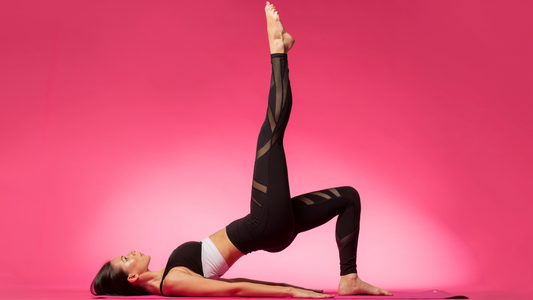Your breast health is an essential part of your overall well-being. Understanding how to maintain it and detect potential issues early can make a significant difference in your health journey. In this blog post, we will embark on a comprehensive exploration of breast health and the vital practice of self-examinations. By the end of this guide, you'll be equipped with the knowledge and skills necessary to prioritise your breast health, ensuring that you can take proactive steps to safeguard your wellness. Let's dive in and empower you with the tools you need to protect one of your most valuable assets: your health.
Contents:
Section 1: Understanding the Significance of Breast Health
Section 2: The Role of Self-Exams
Section 3: The Importance of Early Detection
Understanding the Significance of Breast Health
Breast health is not solely about the absence of disease but rather a proactive approach to prevent, detect, and manage potential issues. It involves the care and maintenance of the breast tissue to ensure it remains healthy and free from abnormalities.
There are several key aspects:
- Prevention: Regular breast care helps prevent potential issues. Lifestyle choices, such as a balanced diet, regular exercise, and minimising alcohol consumption, play a role in maintaining breast health.
- Detection: Detecting breast abnormalities early can be a lifesaver. Abnormalities can include lumps, changes in breast shape, skin texture, or the appearance of dimpling or puckering. These signs can indicate underlying issues.
- Monitoring: Consistent monitoring of breast health is essential. It allows you to stay informed about any changes in your breasts over time, enabling you to detect problems early on.
The Role of Self-Exams
Breast self-examinations are a crucial part of breast health maintenance. They empower individuals to become familiar with their breasts' normal appearance and feel, so they can readily identify any changes. The goal of self-exams is not to replace clinical breast exams and mammograms but to complement them by facilitating early detection.
How to Perform a Breast Self-Exam
Performing a breast self-exam involves several steps and should be done monthly:
- Visual Examination: Begin by standing in front of a mirror with your arms at your sides. Observe your breasts, noting any changes in size, shape, or skin texture. Look for any dimpling, puckering, or changes in the nipple's position or appearance.
- Manual Examination: Lie down on your back with a pillow under your right shoulder and your right arm behind your head. Use your left hand to examine your right breast. Use the pads of your fingers, keeping them flat and together. Begin at the outermost part of your breast and move inwards with gentle, circular motions. Pay special attention to the area near the armpit. Feel for any lumps, thickening, or changes in texture. Repeat the process for your left breast.
- Upright Examination: Finally, stand up and repeat the manual examination while checking your breasts in an upright position. It's essential to perform these steps for both breasts.
Regularly performing self-exams allows you to become familiar with the normal state of your breasts, making it easier to identify any deviations from this baseline.
The Importance of Early Detection
Early detection is a game-changer when it comes to breast health. The sooner an issue is identified, the greater the chance of effective treatment. While most breast lumps are non-cancerous, it's essential to consult a healthcare professional if you discover any changes in your breasts. They can provide a clinical examination and may recommend further tests like mammograms or ultrasounds to confirm or rule out any concerns.
Breast health is a vital aspect of your overall well-being, and regular self-exams are a simple yet powerful tool for maintaining it. By incorporating self-exams into your monthly routine and promptly addressing any concerns, you are taking a proactive step toward safeguarding your breast health. Remember, early detection can make a significant difference in the successful management of breast-related issues and your overall health.



